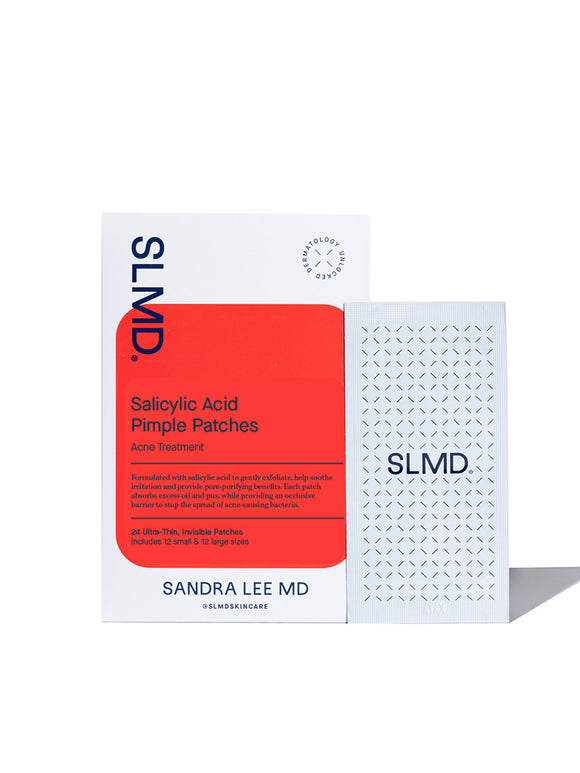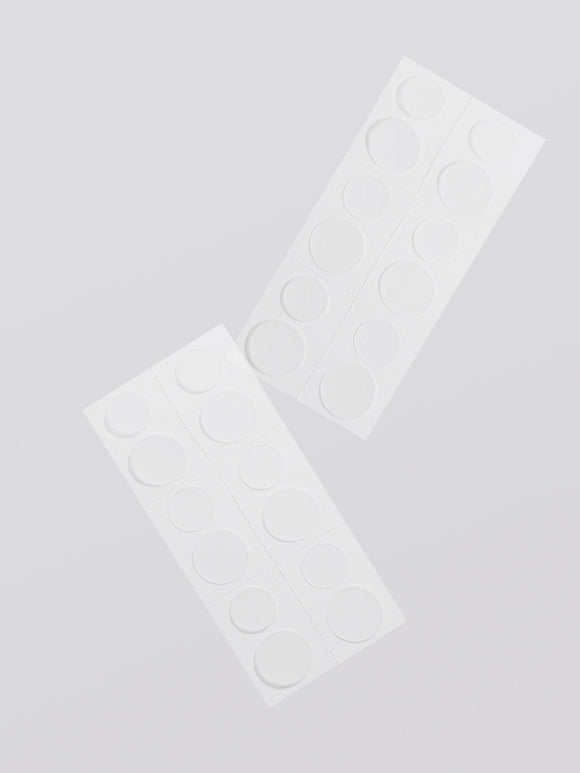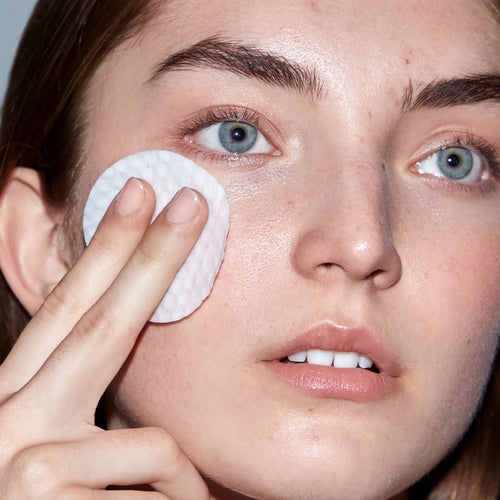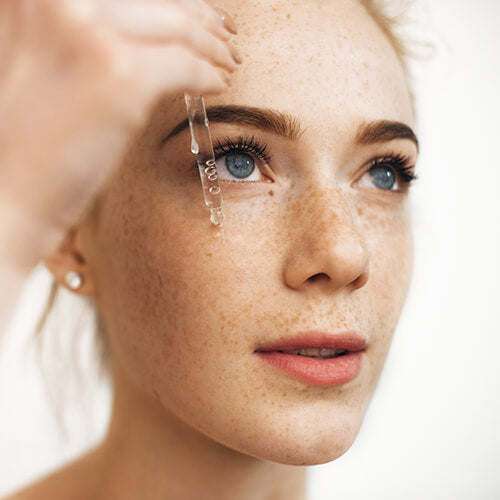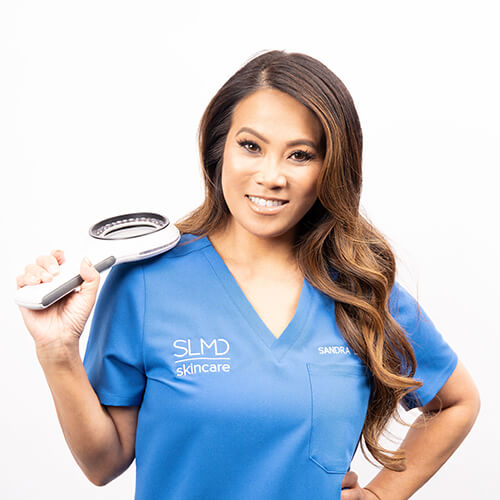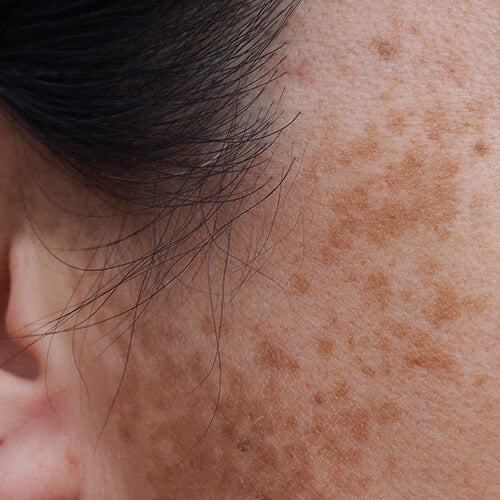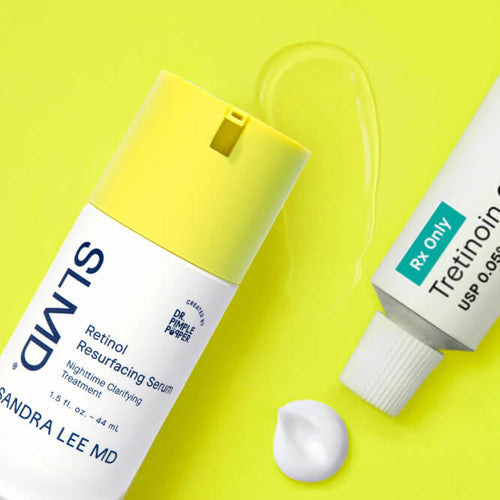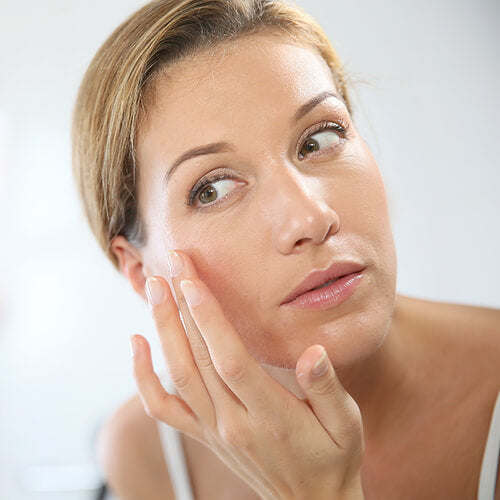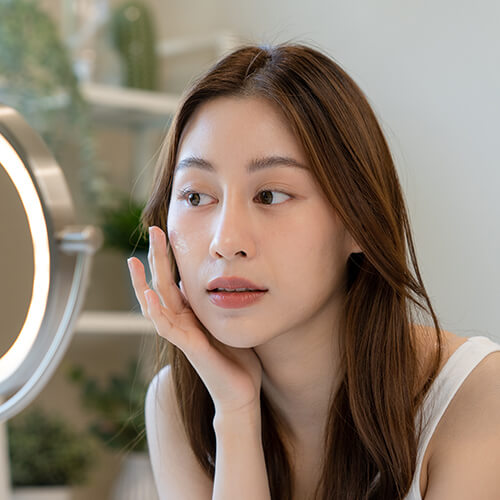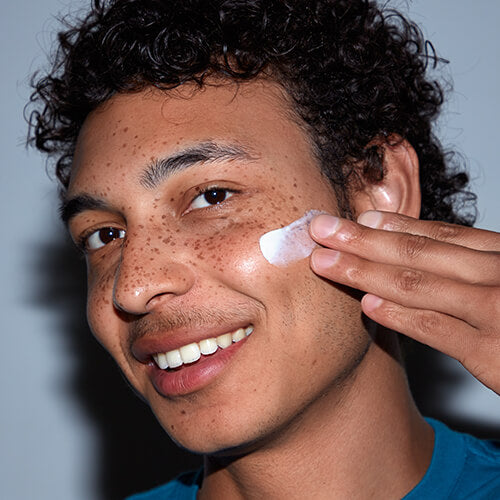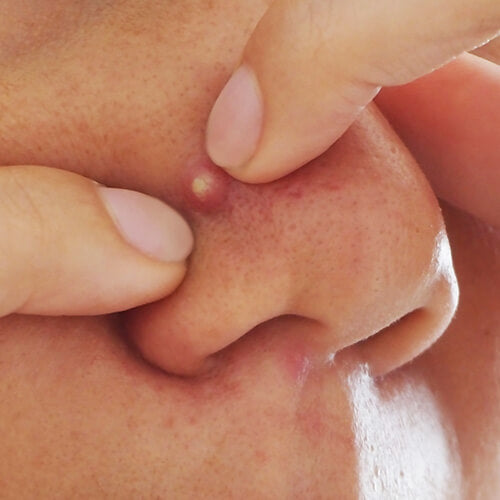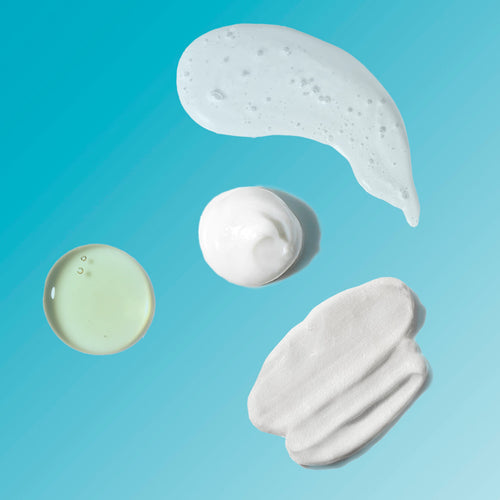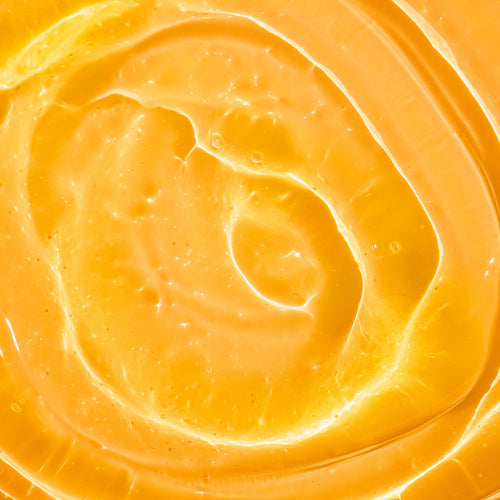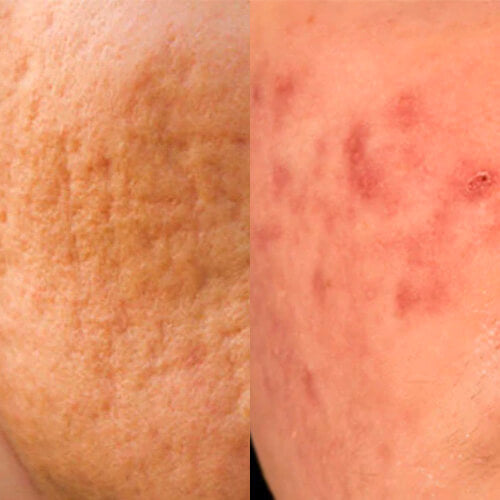
Are Acne Scars & Hyperpigmentation the Same Thing?
With Dr. Pimple Popper's help, we're decoding the difference between the marks left behind as pimples heal.
Published:
3 minute read
It can be so frustrating that even when your skin is finally clear of active breakouts, you’re still left behind with dark spots or scars. Hyperpigmentation and acne scarring are both common reminders of your past breakouts. While it’s easy to confuse the two, they’re actually different — as are their treatment methods.
Here, dermatologist and SLMD Skincare founder Sandra Lee, MD (aka Dr. Pimple Popper) helps clear up the confusion — and your spots.
Article Quick Links
What causes dark marks after acne?
The word hyperpigmentation is an umbrella term — meaning it refers to a wide variety of dark spots on the skin, including age spots, liver spots, and the marks left behind as acne heals. Unlike actual scars though, which are raised or dented on skin, hyperpigmentation is just a darker area of skin. That's why dark spots from acne are technically called post-inflammatory hyperpigmentation (PIH). While a breakout is still healing, these spots might start off as purple or red before fading into a darker tone of the surrounding skin.
These hyperpigmentation spots are caused when excess melanin is deposited in the skin’s outer layers. Usually, this additional melanin production is the skin’s response and attempt to protect or heal itself, like after a pimple.

How can you fade dark spots from acne?
While some dark spots can fade over time, the fading process depends on two things: the origin of the spot and skin type. The good news is, there are tons of lightening and brightening products on the market designed specifically to minimize the look of hyperpigmentation of all kinds.
According to Dr. Lee, look for ingredients like exfoliants and antioxidants that help slough away darker patches, and support your skin's ability to protect itself from damage. She suggests products formulated with kojic acid, retinol, glycolic acid, and salicylic acid that will work to minimize existing dark marks and help brighten your skin's appearance.
Here are a few of her favorites from SLMD Skincare:
- Dark Spot Fix is a lightweight gel created to minimize the appearance of dark spots.
- AHA/BHA Swipes are formulated with a potent cocktail of exfoliants that act like a mini chemical peel.
- Retinol Resurfacing Serum can improve the look of tone and texture by supporting skin cell turnover.
In addition, says Dr. Lee, wearing sunscreen daily is an absolute must — because UV exposure also contributes to excess melanin production. So while you're treating your dark spots, you've got to protect your skin from the sun. Try: SLMD Dual Defender SPF 30, which doubles as a lightweight moisturizer and a broad-spectrum sunscreen.
Dr. Pimple Poppers Acne Spot Picks
What causes acne scars?
Understanding acne scarring involves a peek into the skin's post-pimple recovery process. When C. acnes bacteria invades a clogged pore, inflammation barges in to create a pimple. During the repair phase, your skin cells rebuild collagen proteing —but its production can become a bit unpredictable. It's akin to a construction project where the output is either too much or too little—resulting in raised or pitted scars.
The way your skin scars depends both on your skin type and the type of breakout you most frequently get — papules, pustules, nodules, or cysts are the most common kinds of inflammatory acne that lead to scarring. You could experience several different types of acne scars (detailed here), but it's best to manage your acne right away to minimize all forms of scarring.

How to avoid acne scarring
First off, heed Dr. Lee's advice: avoid picking or squeezing pimples, as this can complicate the skin's healing process, creating or making scars worse. Instead, treat and prevent breakouts with an acne skincare routine, and apply concentrated spot treatments to individual pimples.
Dr. Lee recommends these SLMD Skincare treatments:
- Acne System is an easy-to-use, 3-step routine that treats and prevents acne at every stage.
- BP Acne Spot Treatment contains maximum-strength benzoyl peroxide to kill acne-causing bacteria.
- Salicylic Acid Spot Treatment penetrates pores with a maximum-strength formula to clear out clogs that lead to pimples.
- Salicylic Acid Pimple Patches are ultra-transparent, medicated patches that protect pimples while encouraging healing.
How to treat acne scars
Whereas topical treatments can be very effective for minimizing dark spots and hyperpigmentation, in-office procedures are likely a better resort to treat scars. For instance, cortisone shots work well for keloid scars, while laser and chemical resurfacing treatments are ideal for icepick, rolling and boxcar scars. You can consult with your dermatologist to get a better idea of what will work best for you.

Dr. Lee's Last Word
When it comes to dark marks and scars from acne, the best thing you can do is to prevent them. Treat your acne, don't pick at your skin, and see your dermatologist if you're concerned about scarring. Dark marks generally lighten up over time — and there are products you can use to encourage that process.





